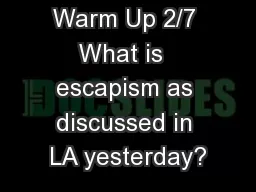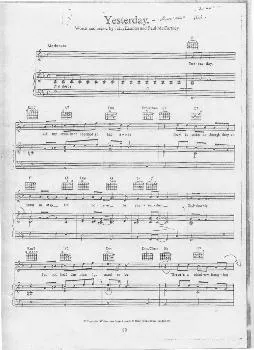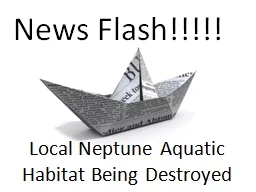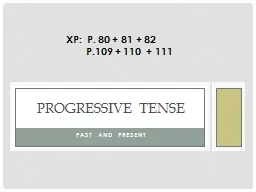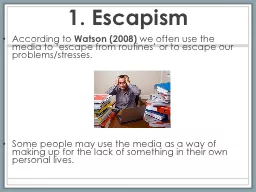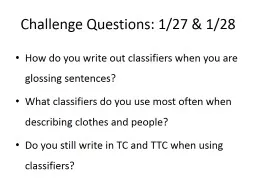PPT-Warm Up 2/7 What is escapism as discussed in LA yesterday?
Author : briana-ranney | Published Date : 2018-11-01
Write it down and tell your neighbor February 7 2018 Due Today Alphabet Soup chart pink sheet Take out NotesPen cil Agenda Escapism Skills Primary source
Presentation Embed Code
Download Presentation
Download Presentation The PPT/PDF document "Warm Up 2/7 What is escapism as discuss..." is the property of its rightful owner. Permission is granted to download and print the materials on this website for personal, non-commercial use only, and to display it on your personal computer provided you do not modify the materials and that you retain all copyright notices contained in the materials. By downloading content from our website, you accept the terms of this agreement.
Warm Up 2/7 What is escapism as discussed in LA yesterday?: Transcript
Download Rules Of Document
"Warm Up 2/7 What is escapism as discussed in LA yesterday?"The content belongs to its owner. You may download and print it for personal use, without modification, and keep all copyright notices. By downloading, you agree to these terms.
Related Documents

